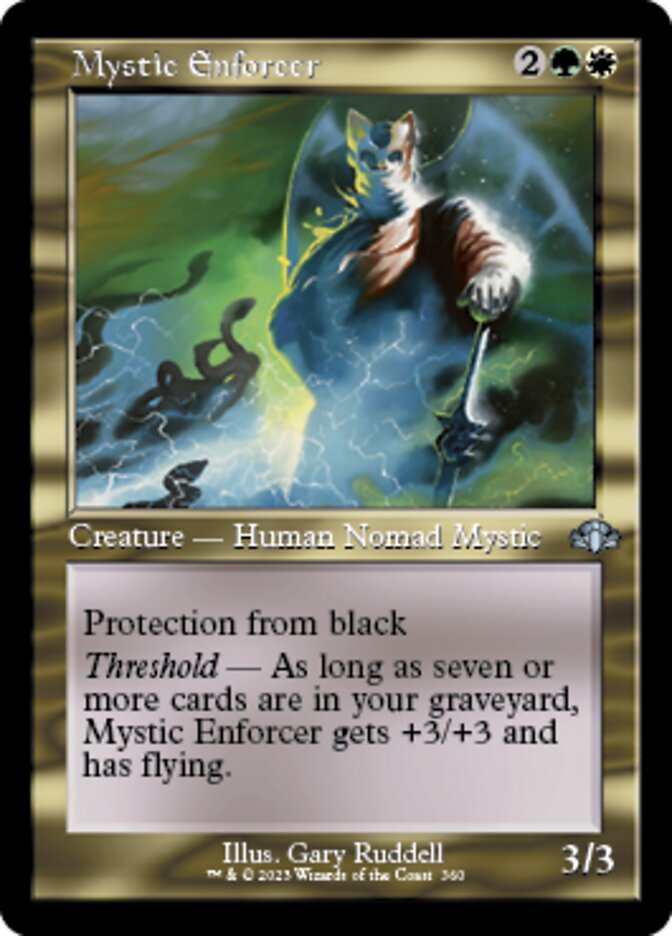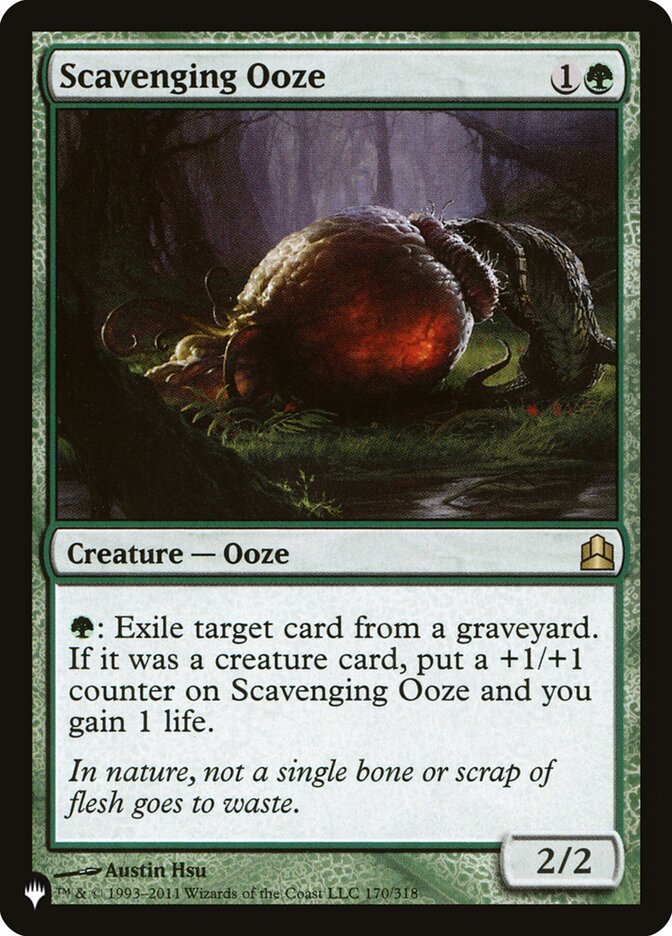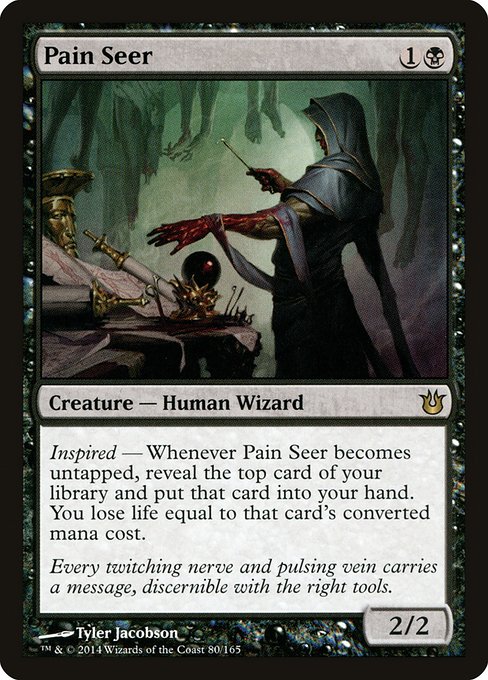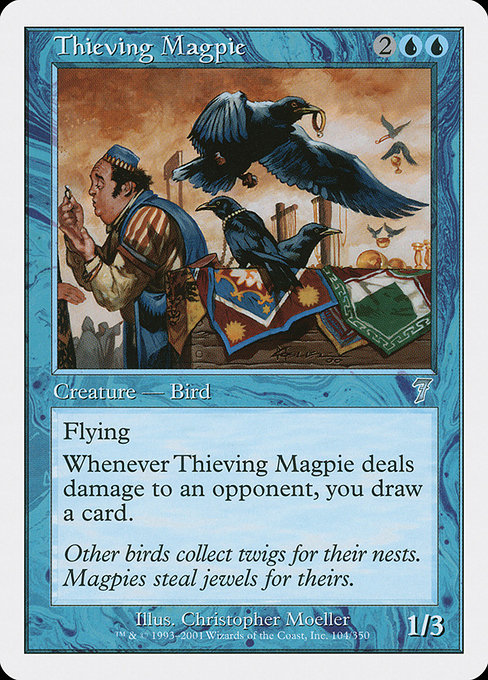Are you a Quiet Speculation member?
If not, now is a perfect time to join up! Our powerful tools, breaking-news analysis, and exclusive Discord channel will make sure you stay up to date and ahead of the curve.
One man’s junk is another man’s treasure and the men of Magic sure do like their Junk. Long before Jund was a concept in Mark Rosewater’s brain, some highly competent players developed a hate deck called Pro Tour Junk. Gerard Fabiano wrote an excellent piece detailing the history of this archetype over on Star City so if that interests you, make sure to check that article out as well as his version of the deck.
Two weekends ago, Reid Duke brought a Standard version of this deck to battle at the Star City Invitational. For this event, Reid built a Junk deck (Green, White, and Black) seemingly with a similar structure Jund Monsters. Most of the green cards are overlap between the two decks so at first glance that analysis makes sense. Take a closer look.
Junk Midrange
By Reid Duke
Untitled Deck
What you may not have noticed though is that there are some subtle shifts in the deck list that focus the game plan in a different direction than Jund Monsters. With the Red Green based deck, here is your structure: mana creatures, giant monsters that deal big chunks of damage, and a couple removal spells to minorly disrupt your opponent long enough so you can bring them to zero. The mindset of this deck though, is quite different.
First of all, Junk should be playing out like Jund of previous seasons or like it does in Modern. Your goal is to dismantle your opponent’s strategy with Thoughseize and kill spells. You have eleven ways to destroy your opponent’s permanents. With that many interactive spells, many games you can stick a threat and then remove everything in its way.
In addition to many more removal spells than his monsterous cousin, this Junk deck also has synergy. The combination of Courser of Kruphix, Archangel of Thune, Obzedat, Ghost Council and Scavenging Ooze provides a potent Gavony Township-like effect for some late game smashing power. Archangel of Thune allows your unused resources like playing lands and dead creatures in graveyards to turn into pump spells also. Moving forward I would like to try out three or four total Archangels in the deck because of how powerful an interaction she has with your other spells.
From thinking about this deck, I’ve had two different thoughts about ways to improve it moving forward. The first is a bit atypical.
Lately I’ve seen Pain Seer making his way into some decks. The ones I’ve watched that are having some success are the ones that back him up with removal spells. This increase in play seems to be partially accounted for due to players are changing their thought process about the card.
Rather than thinking about Pain Seer like Dark Confidant, we should perceive him as if he were similar to Thieving Magpie. By changing our thought process like this we alter how we will play the card and additionally, how we will build our deck.
When new cards are released our brains make connections to determine power level and playability. We need to carefully observe this process because these connections can mislead us into over or underrating cards. This exact misevaluation is what I believe happed with Pain Seer. With these ideas fresh in our minds, let’s explore what this concept might look like.
Junk Midrange
By Mike Lanigan
Untitled Deck
With this version we can focus more on being aggressive, yet still disrupting what the opponent’s goals. Not only does this list feature removal spells to push through our Ophidian, but also Herald of Torment to give him some evasion. This list isn’t tuned perfectly but it does apply the principles discussed above. With Pain Seer the mana cost is an issue as well so even though three damage is a common amount of life to lose, there are only the Archangels that cost more than that in the deck.
Another method to approach this same strategy would be to build it using different colors. Reid said his primary purpose for creating this deck was that he believed Abrupt Decay to be one of the best cards in the format. With that in mind, cutting the black mana might not be the best idea but there may be a better home for the life gain engine than Junk. My thoughts have been geared toward importing the core of the deck into a Naya shell.
Naya Midrange
By Mike Lanigan
Untitled Deck
After taking a look at what this version looks like on paper, I’ll admit it’s a bit rough, but stretching your deck building wings is a great thing to do after playing in such a stale Standard format for month after month.
Building with Naya colors instead of Junk has moved this deck back towards a Monsters type deck instead of the disruptive Aggro Control deck that it started out to be. Depending on which position you are trying to attack the metagame from, the Naya version might be just what the doctor ordered. My point with this deck list is not that it is the next tier one deck, but rather, that there are multiple ways to implement the same strategy. The different ways can often look and play drastically different from one another as well.
Regardless of what other cards you are playing, the core suite of Courser of Kruphix, Archangel of Thune, and Scavenging Ooze is a potent army building recipe. The same basic strategy minus Archangel becomes vastly different and less powerful. You know you have built a powerful weapon when you realize that untapping with your best threat leads to winning the game the majority of the time. I’m not sure that any of these builds is the best we can do with this combination of cards, but I will definitely keep this combo in my mind when I am reviewing Journey of Nyx. Any other life gain cards could catapult this combo to the forefront of Standard.
Next week, I'll be discussing some Journey to Nyx cards. Don't miss it.
Unleash the Force!
Mike Lanigan
MtgJedi on Twitter
Jedicouncilman23@gmail.com











